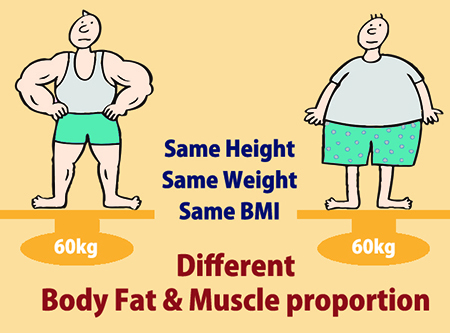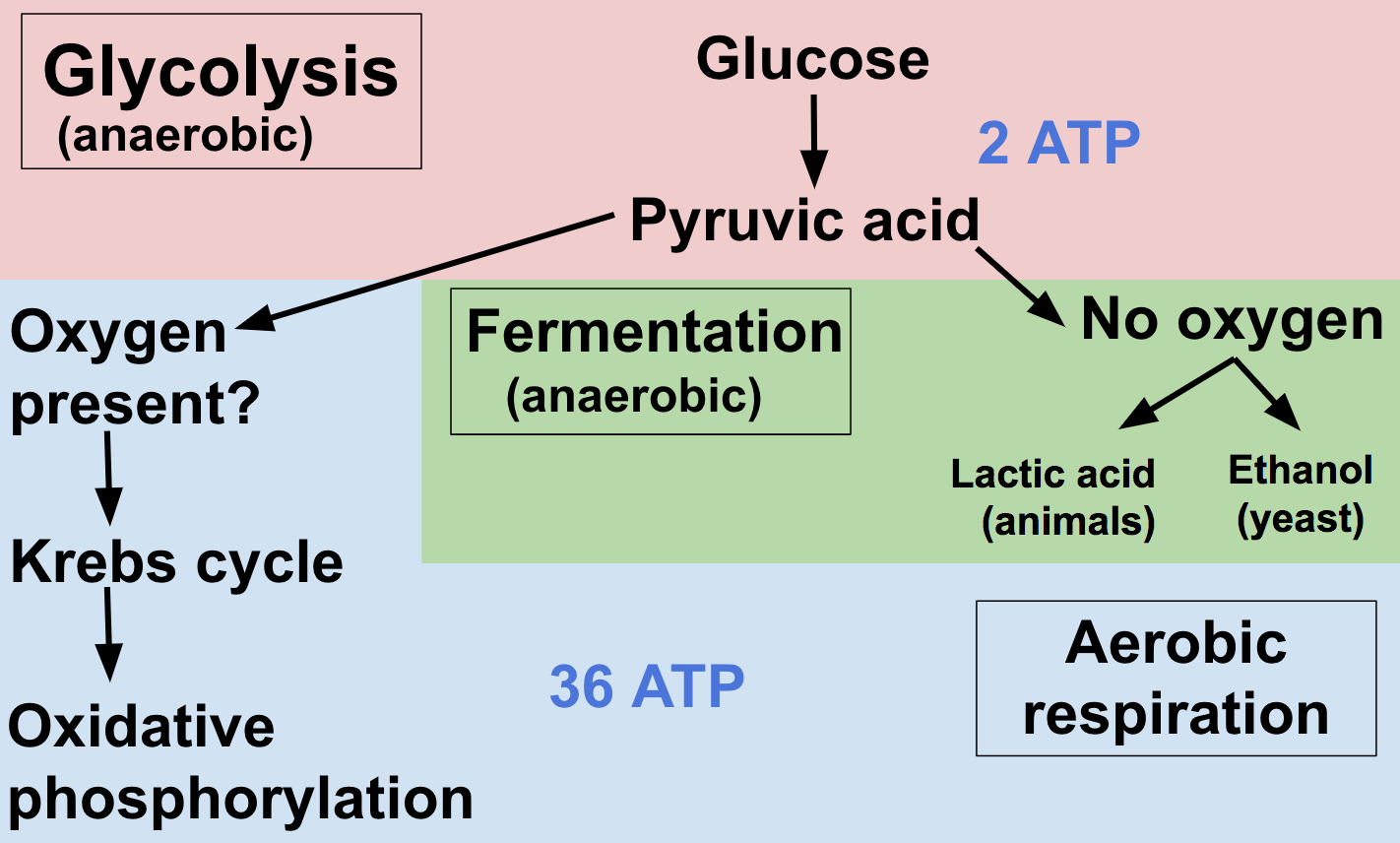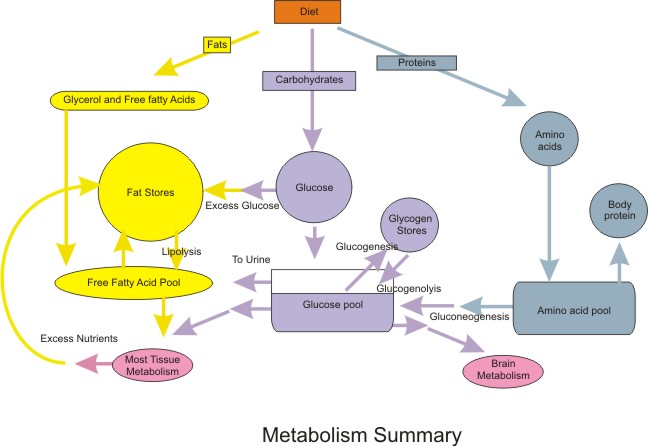Dimensional Analysis
Do you remember dimensional analysis (DA) from NGSS Physics and Chemistry? If not, or if you would like a quick refresher course, click here.
Why dimensional analysis?
Well, the use of DA is for unit conversion. Every unit from this chapter on will have at least one chapter with math that involves unit conversion. The good news is that DA makes unit conversion easy to do.
Sources of Energy
Plants, algae, and certain bacteria can convert light energy into food; humans cannot. Animals can lay in the sun all day, but they will not gain a single calorie – but vitamin D production is likely. So how do Homo sapiens get the energy they need to maintain homeostasis? Well, humans eat stuff. The amount of energy humans need for homeostasis is dependent upon many variables. A few examples are:
- Amount of energy required to maintain a constant internal temperature
- Some energy remains in the GI tract as feces
- Some energy becomes metabolic waste
- The health of an individual
- The number of carbohydrates, fats, and proteins in a meal
- The amount of muscle mass and water mass in the body
- The medication a person is using
Energy Sources
Food consists of polymers(large molecules) and monomers(smaller molecules). Digestion, or catabolism, is the breakdown of polymers into monomers. After digestion, the monomers diffuse into the blood and move into the cells of the body. Anabolic reactions within cells link monomers together to make the polymers. All the proteins, lipids, and carbohydrates in your body are a result of anabolism. Carbohydrates are the human body’s primary source of energy (for most cells). Every cell in the body converts glucose energy into adenosine triphosphate (ATP), the principal energy compound.
Carbohydrate digestion is an aerobic process (uses oxygen) and an anaerobic process (does not use oxygen). Cellular respiration is a series of aerobic reactions and the primary source of cellular ATP. However, most cells have a backup generator called lactic acid fermentation. Lactic acid fermentation is a series of anaerobic reactions that make ATP. But, like a backup generator, anaerobic fermentation is for short-term use. If cells do not get oxygen fast, they will run out of ATP. (Erythrocytes are the exception to this rule. Erythrocytes lack mitochondria, thus cannot use oxygen. No mitochondria mean red blood cells cannot consume the oxygen they transport.)
Glycogen is a complex carbohydrate made of a chain of many glucose monomers. The liver and skeletal muscles store glycogen for on-demand energy. For example, when blood sugar drops, the pancreas releases the hormone glucagon. Glucagon tells liver cells to catabolize glycogen into glucose. The liver secretes glucose, which raises blood sugar to homeostasis.

Lipids are also a source of ATP, especially for cardiac muscle. Fats contain more than twice the energy of carbohydrates. Cellular respiration is the only process that can catabolize lipids. Therefore, only aerobic exercise can lead to fat catabolism.


Unlike carbohydrates and fats, proteins are not a stored energy source in the body. Our bodies use the amino acids in food to make the proteins that:
- Build our bodies (collagen)
- Make non-steroid hormones (insulin)
- Perform muscle contraction (actin and myosin)
- Transport oxygen (hemoglobin)
- Fight off infection (antibodies)
- Speed up chemical reactions (enzymes)
The body only uses proteins as an energy source when there is an excess dietary protein or the depletion of carbohydrate and lipid reserves.
What is a Calorie?
A calorie is the amount of energy required to raise one milliliter of water by one degree Celsius. However, a food calorie is not an actual calorie; it is a kilocalorie (Kcal). So, if you eat two thousand food Calories today, you will consume two million calories. (Also, a food Calorie starts with a capital C and a scientific calorie starts with a lowercase c.)
The amount of daily calories you need depends on a plethora of variables. Variables that affect your metabolism are your sex, age, health, diet, medication, and exercise. For example, seventeen-year-old males and females Kcal requirements are different. Males need twenty-four hundred to three thousand Kcals per day. Females require two thousand to twenty-five hundred Kcals per day. A sedentary lifestyle needs a two thousand to twenty-four hundred Kcals diet. An active lifestyle requires a twenty-five hundred to three thousand Kcals diet. (These numbers are averages. Each person is different, and there is a myriad of variables that affect body physiology.)
The two basic concepts of calorie metabolism are:
- If Kcal consumption is greater than the amount of Kcals the body uses, weight gain will follow.
- If Kcal consumption is less than the amount of Kcals the body uses, weight loss will follow.


How Your Body Utilizes the Kilocalories in Food
Your total energy expenditure (TEE) is the sum of all calories your body uses per day. TEE consists of three primary processes:
- Basal metabolic rate.
- The energy required for physical activity (all physical movement, including exercise).
- The energy used to digest food.
Basal Metabolic Rate (BMR)
Basal metabolic rate (BMR) is the amount of Kcals necessary to maintain homeostasis. BMR uses about sixty-five percent of the calories we consume. Decreasing caloric intake will change the setpoint, resulting in a lower BMR. However, the range of the homeostatic setpoint for BMR narrows. A significant decrease in dietary Kcals will decrease body mass. And, an increase in nutritional Kcals will lead to weight gain. Basal metabolic rate peaks in the first neonatal year and then declines with age.
There are a plethora of variables that can affect BMR. But, the formulas below can estimate the calories required for maintaining BMR.
Female BMR Equation
\bf{BMR} = \mathbf{665.1} + \mathbf{(9.6}\times{\bf{weight\:in\:kg)}} + \mathbf{(1.9}\times{\bf{height\:in\:cm)}} - \mathbf{(4.7}\times{\bf{age\:in\:years)}}Male BMR Equation
\bf{BMR} = \mathbf{66.5} + \mathbf{(13.7}\times{\bf{weight\:in\:kg)}} + \mathbf{(5}\times{\bf{height\:in\:cm)}} - \mathbf{(6.8}\times{\bf{age\:in\:years)}}Example: Calculating Ted Teddy’s BMR
Ted Teddy is a 19-year-old who weighs 148 pounds and is 5’8″ tall. What is Ted Teddy’s BMR?



Physical Activity (PA)
A sedentary lifestyle leads to a ten to fifteen percent Kcals loss due to physical activity. (Even inactive people need to walk to the bathroom and classrooms.) An active person can burn up to thirty percent of their daily caloric intake via exercise. The good news is that exercise is cumulative- i.e., the summation of all the physical activity over 24 hours. The bad news is that not all physical activity is equal. Walking to class is better than nothing, but it is not the same as 30 minutes of exercise that elevates the heart rate.
So exercise is a part of a person’s BMR?
No, BMR and physical activity (PA) are two different measurements for the total energy expended during the day.
So, let’s say the only thing I do during the day is get up and use the restroom. Is this BMR.
No, it’s BMR and PA. Getting up and walking to the restroom is PA. BMR only includes the movements that are necessary to keep you alive at rest – i.e., heart rate and respiration. Any additional movements are PA.
What about texting? All I am doing is moving my thumbs.
Texting is not a homeostatic movement, so it is PA.
The amount of energy expended during cellular respiration and fermentation is measurable. A mask that measures carbon dioxide output is the most accurate way of measuring catabolism. Purchasing the mask and the technology that comes with it is beyond most high school and undergraduate lab budgets. So, scientists invented a scale that assigns a quantitative value to physical activity.
The metabolic equivalent of task, or MET, is the ratio of metabolism during physical activity to resting metabolism. One MET is one kilocalorie per kilogram per hour or 1 Kcal/kg/hour. Sitting and reading this epic scribe on metabolism is equal to one MET. A MET of 23 is equivalent to running at four minutes and seventeen seconds mile pace (4:17). Remember, BMR is the amount of energy your body uses to keep you alive. All other muscle movements – standing, walking, laughing – is physical activity.

Amount of Energy Expended During a Single Activity
{{\bf{(MET\:of\:activity)}} \times{\bf{(weight\:in\:kg)}} \times {\bf{(length\:of \:activity\:in\:minutes)}}} = {\bf{(Kcals)}}
Calculating a person’s daily MET is difficult because it is the sum of all the physical activity (PA) done in 24 hours. As mentioned earlier in this chapter, many variables can affect a person’s daily MET. For example, weight is not always a useful metric for determining Kcals burned during PA. When comparing two people of the same weight, height, sex, and age, but with different muscle to fat ratios, the person with more muscle will most likely expend more energy during PA than the person with less muscle.

Daily Energy Expenditure (DEE)
Daily energy expenditure(DEE) is a person’s daily BMR plus their daily PA. DEE requires the calculation of all daily activities and extraneous variables. Therefore, you will calculate DEE using the data table and formula below. (The activity levels below are somewhat subjective.)
Activity Factors for Various Levels of Activity
| Activity Factor | ||
|---|---|---|
| Males | Females | |
| Sedentary – Spend most of the day sitting and laying; only getting up to use the restroom and eat | 0.3 | 0.3 |
| Light Activity – Spend most of the day sitting and standing; three hours walking or cleaning the house; one hour of moderate activity | 0.6 | 0.5 |
| Moderate Activity – Laborious job, i.e., farming, construction, commercial fishing; or two hours of moderate exercise per day (5 to 6-mile jog) | 0.7 | 0.6 |
| Very Active – Full-time athletes (gymnastics, taekwondo, weight-lifting), mine and steelworkers, active-duty troops, day laborer, agriculture (field labor); or running 10-12 miles per day | 1.1 | 0.9 |
| Extremely Active – Full-time athlete (cycling, swimming, running, cross country skiing, rowing), lumberjacks, ditch digging with a shovel, rickshaw pullers, Batman; or running 16-20 miles per day | 1.4 | 1.2 |
Kcals Expended Via Physical Activity in 24 Hours Equation
{\bf{BMR}} \times {\bf{Activity Factor}}
= {\bf{Kcals/day}}DEE Equation
{\bf{BMR}} + {\bf{PA}}
= {\bf{DEE\:in\:Kcals/day}}
So a person’s DEE is the total energy they use in 24 hours?
No, that that would be their total energy expenditure or TEE.
TEE?
Yep.
Really?
Really.
I dislike you.
I can live with that. What the TEE includes that the DEE does not is the amount of energy used during digestion.
Thermal Effect of Food (TEF)
Digestion requires energy and releases heat in the process. Therefore, digestion is also called the thermal effect of food or TEF.
Stop with the acronyms!!!!
TEF is the last acronym. . . for this chapter. Digestion (TEF) uses ten percent of your daily caloric intake.
TEF Equation
{\bf{(BMR}} + {\bf{PA)}} \times \mathbf{0.1}
= {\bf{TEF\:in\:Kcals/day}}
Total Energy Expenditure (TEE)
Now we can calculate Ted Teddy’s total energy expenditure or TEE. TEE is the sum of the BMR plus PA plus TEF. Makes sense, right?

Point taken.
The total energy expenditure (TEE) in 24 hours is equal to the sum of a person’s basal metabolic rate (BMR), physical activity (PA), and digestion (TEF).
TEE Equation
{\bf{BMR}} +{\bf{PA}} + {\bf{TEF}}
= {\bf{TEE \:in\:Kcals/day}}
Now let’s calculate the percentage of energy used during BMR, PA, and TEF. To do this, we divide each category by the TEE.


